
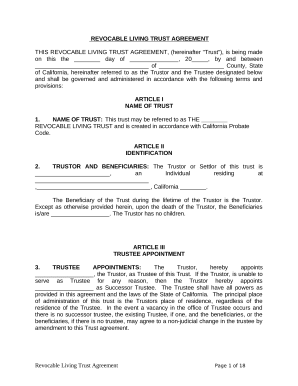
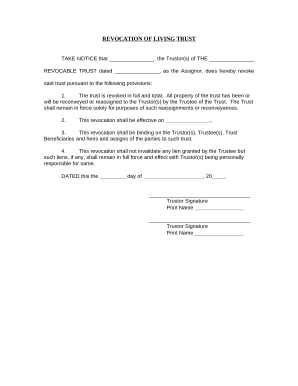
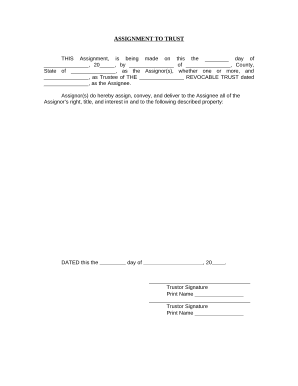


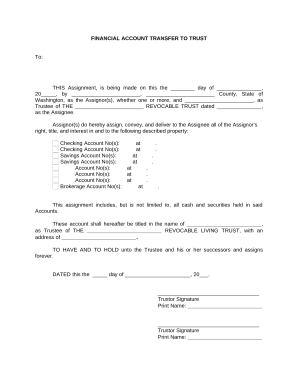
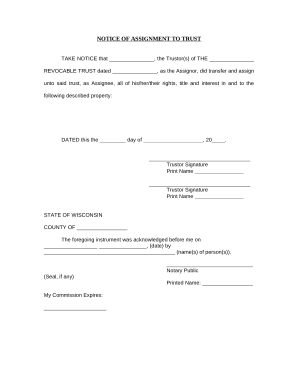
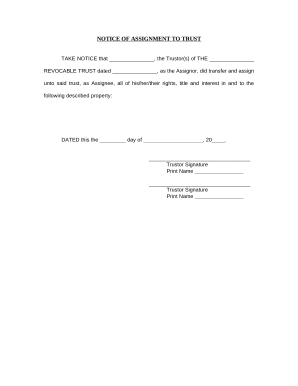
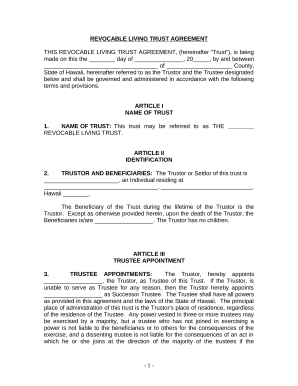
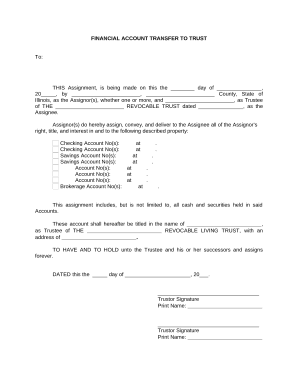
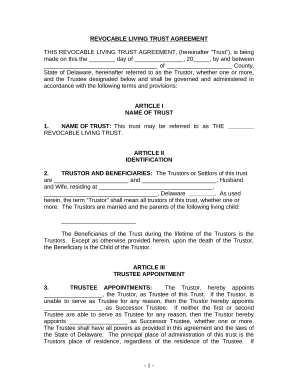
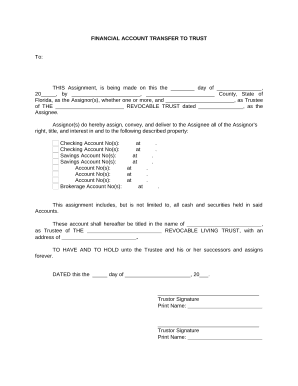
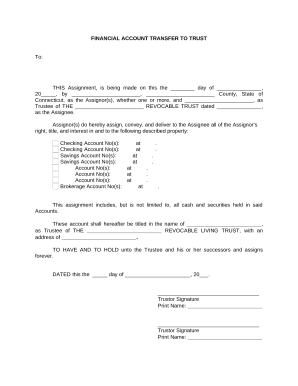


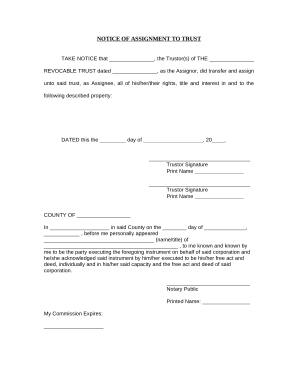
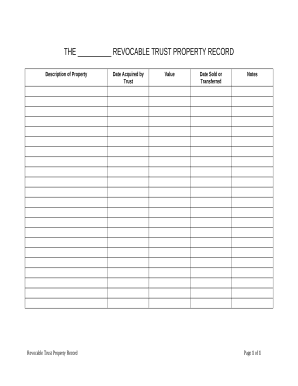
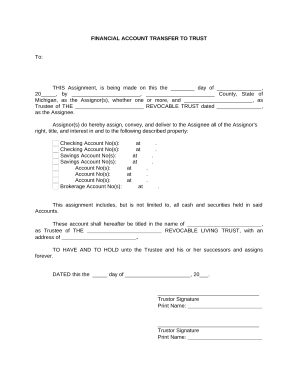

Boost your form administration with our US Legal Forms for Living Trusts collection with ready-made templates that meet your requirements. Get your document, modify it, complete it, and share it with your contributors without breaking a sweat. Start working more effectively with the documents.
How to use our US Legal Forms for Living Trusts:
Explore all of the possibilities for your online document management using our US Legal Forms for Living Trusts. Get a free free DocHub profile right now!